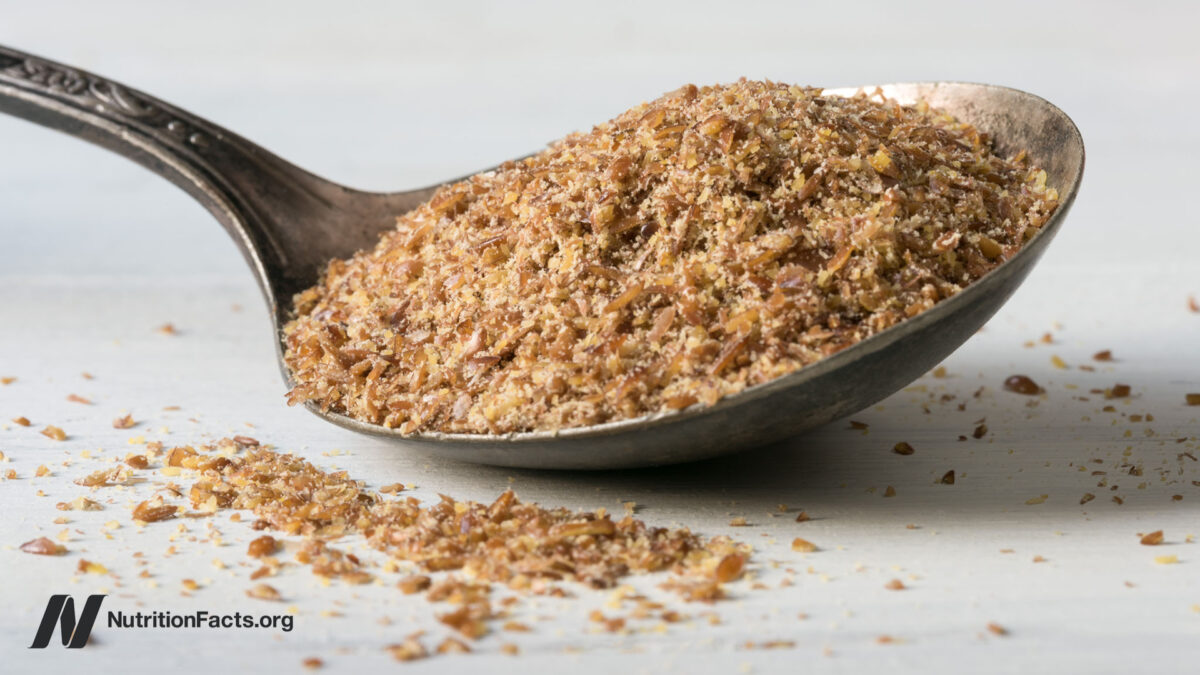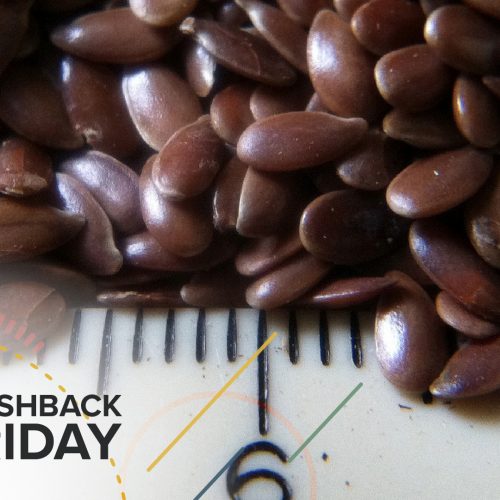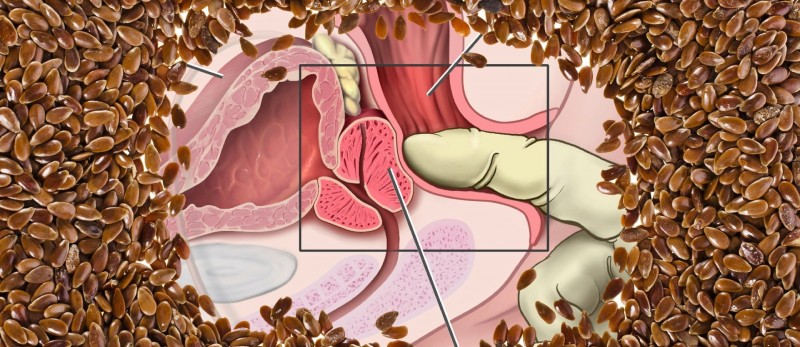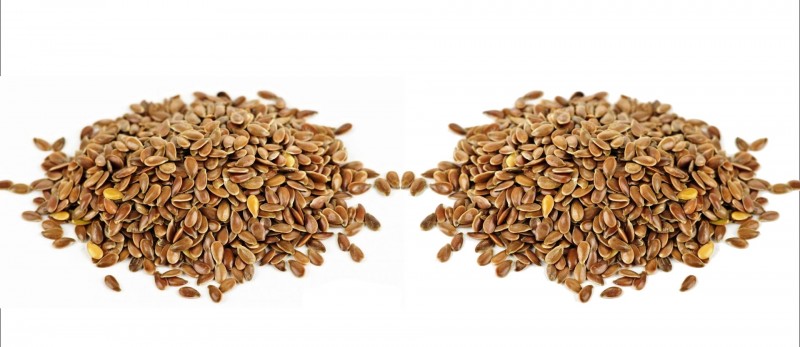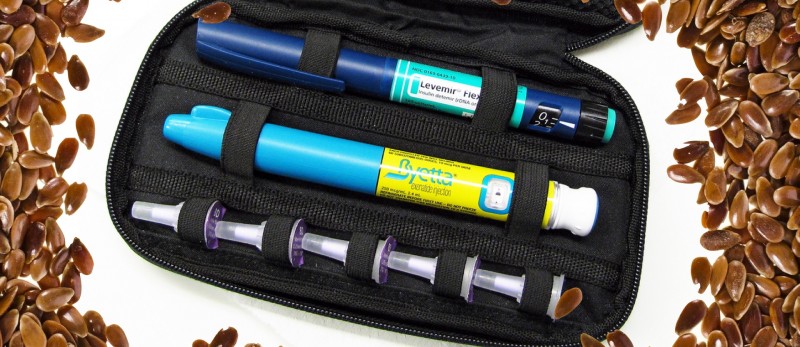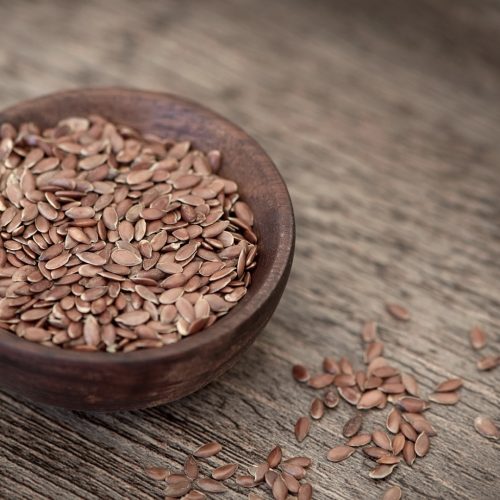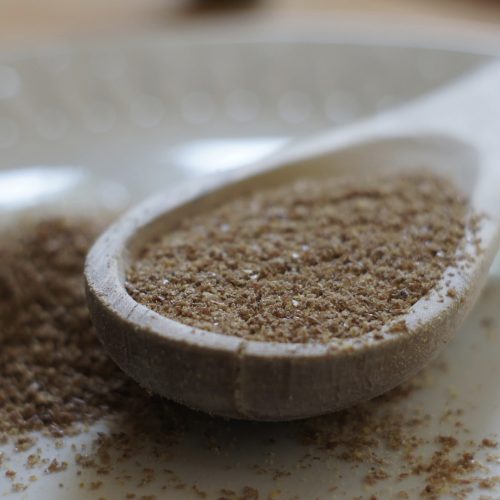In a worst-case scenario, how much flaxseed is too much?
Flaxseed packs “a nutritional punch,” and, as I discuss in my video Should We Be Concerned About the Cyanide from Flaxseed?, the “release of hydrogen cyanide from flaxseed…[is] below toxic lethal dose.” Well, I should hope so!
Back-of-the-envelope type calculations have led industry-funded scientists to assert that “a person would have to consume 8 cups (i.e., 1 kg) of ground flaxseed to achieve acute cyanide toxicity.” I’d feel better, though, if it were put to the test.
Researchers tested flaxseeds under “worse case conditions…resulting in higher cyanide levels in [the] blood.” First, they located the flaxseed with the highest level of cyanide-forming compounds they could find. They went to stores and bought 15 different sources of flaxseed. The average level was about 140 milligrams per kilo, which is typical, but they used the one with 220 mg/kg. Second, the researchers used “maximal mechanical destruction”—a heavy-duty 20,000 RPM lab grinder—to release the most cyanide. Third, study participants ate it all at once on an empty stomach, then kept their stomachs empty. And, they were given it raw because cooking can often wipe out all of the cyanide. The recommended daily dose is about one to two tablespoons of ground flaxseed—I recommend one tablespoon in my Daily Dozen checklist—so the researchers decided to go with four and a half tablespoons. What happened?
The range of cyanide blood levels one might estimate “to be (possibly) associated with first clinical symptoms of intoxication” is 20 to 40 µM, so we want to stay below those. After participants consumed (on an empty stomach) four and a half tablespoons of the highest cyanide-containing, ultraground, raw flaxseeds the researchers could find, the highest individual level rise was just under 14 µM and the average was around 6 µM.
There has to be some amount of flax that takes you over the limit, though, so the researchers also tested 9 tablespoons and 15 tablespoons. Remember, we start to worry at around 20 to 40 µM. As you can see in the graph below and at 2:09 in my video, with three and a half teaspoons and even seven teaspoons of raw, high-cyanide ground flax at a time on an empty stomach, there was hardly a blip. At 14 teaspoons, which is 4.5 tablespoons, they got that average increase to 6 µM. What about consuming a little over nine tablespoons? That’s more than a half cup at a time, which does start skirting toxicity. And, finally, what about a whole cup? I don’t even know how you’d eat a whole cup at once, but that is too much, putting you in that potentially toxic range for about three hours. So much for the industry’s claim that consuming eight cups at a time is safe. But, even in this worst-case scenario of one cup of raw flaxseeds on an empty stomach at the highest level the researchers could find, that person still didn’t have any clinical symptoms. This is consistent with the fact that there isn’t a single published report of cyanide poisoning after consumption of flaxseeds anywhere in the literature, even from Swedish health spas where they may give up to 12 tablespoons as a “fiber shock.” Usually, high doses are two tablespoons or so three times a day, and that dose would be “safe with respect to possible acute toxicity of cyanide.”
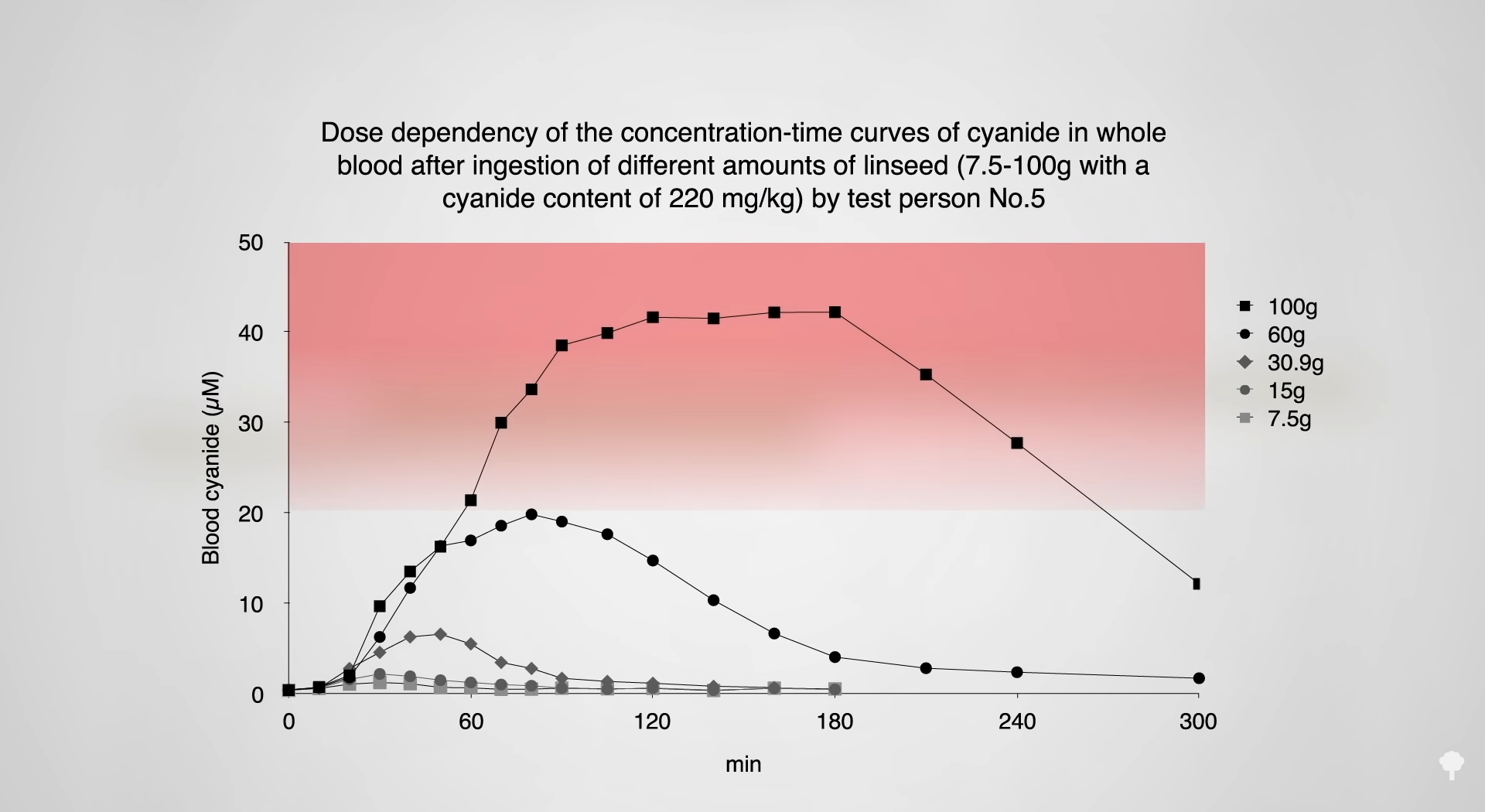 What about any possible chronic toxicity? The World Health Organization (WHO) has a standard called the provisional maximum tolerable daily intake (PMTDI), which is defined as the amount you can eat safely every day for the rest of your life without risking any adverse health effects, based on the best available data. Often, though, that’s according to rat studies, as it was in this case: When varying doses of cyanide were put in the drinking water of rats for a few months at a certain level, the so-called benchmark dose lower confidence limit, there’s a 10 percent increased incidence of shrinkage of the tail of the epididymis, which is where sperm is stored in the testicles. That happens at the human equivalent of the amount of cyanide in about 150 tablespoons of flaxseeds a day. Wanting to err on the side of caution, the WHO introduced “a 100-fold uncertainty factor” to create the PMTDI. Instead of 150 tablespoons of flaxseeds a day, the average American should stick to less than one and a half daily tablespoons if you’re going to eat flaxseeds every day. My tablespoon-a-day Daily Dozen recommendation should be safe by any of these standards.
What about any possible chronic toxicity? The World Health Organization (WHO) has a standard called the provisional maximum tolerable daily intake (PMTDI), which is defined as the amount you can eat safely every day for the rest of your life without risking any adverse health effects, based on the best available data. Often, though, that’s according to rat studies, as it was in this case: When varying doses of cyanide were put in the drinking water of rats for a few months at a certain level, the so-called benchmark dose lower confidence limit, there’s a 10 percent increased incidence of shrinkage of the tail of the epididymis, which is where sperm is stored in the testicles. That happens at the human equivalent of the amount of cyanide in about 150 tablespoons of flaxseeds a day. Wanting to err on the side of caution, the WHO introduced “a 100-fold uncertainty factor” to create the PMTDI. Instead of 150 tablespoons of flaxseeds a day, the average American should stick to less than one and a half daily tablespoons if you’re going to eat flaxseeds every day. My tablespoon-a-day Daily Dozen recommendation should be safe by any of these standards.
Cooking may not always wipe out all of the cyanide in flaxseeds. Friday Favorites: How Well Does Cooking Destroy the Cyanide in Flaxseeds and Should We Be Concerned About It? See my video to find out.
